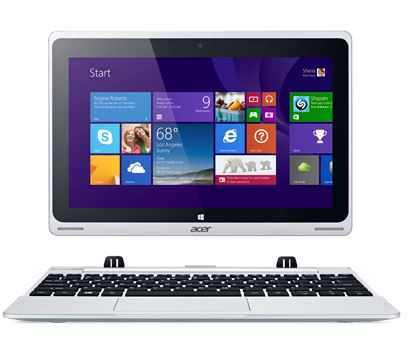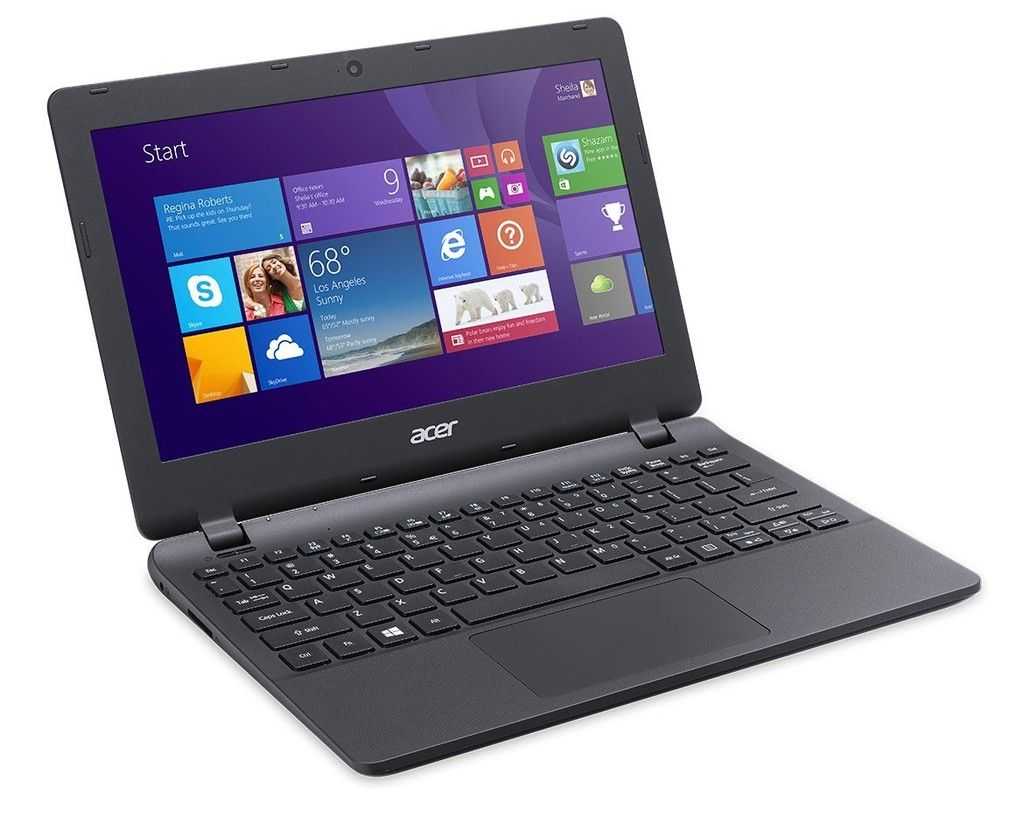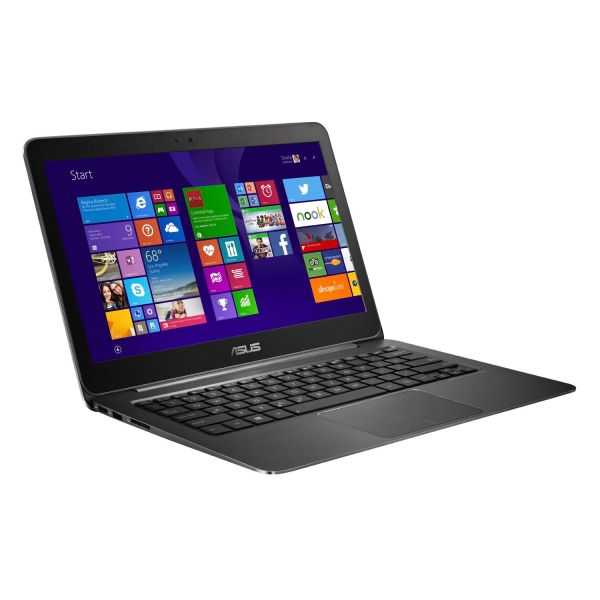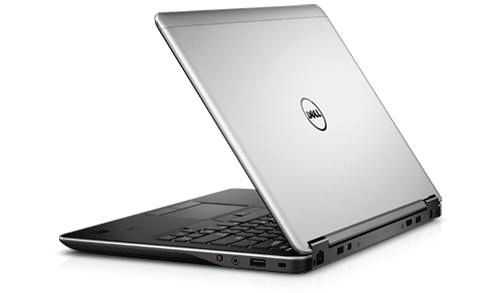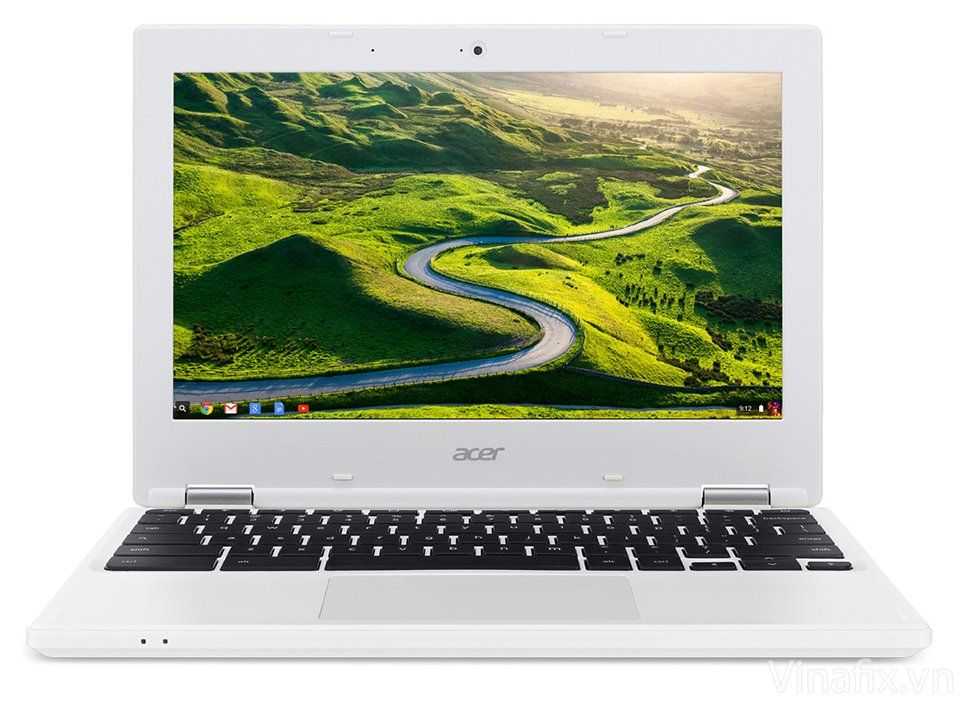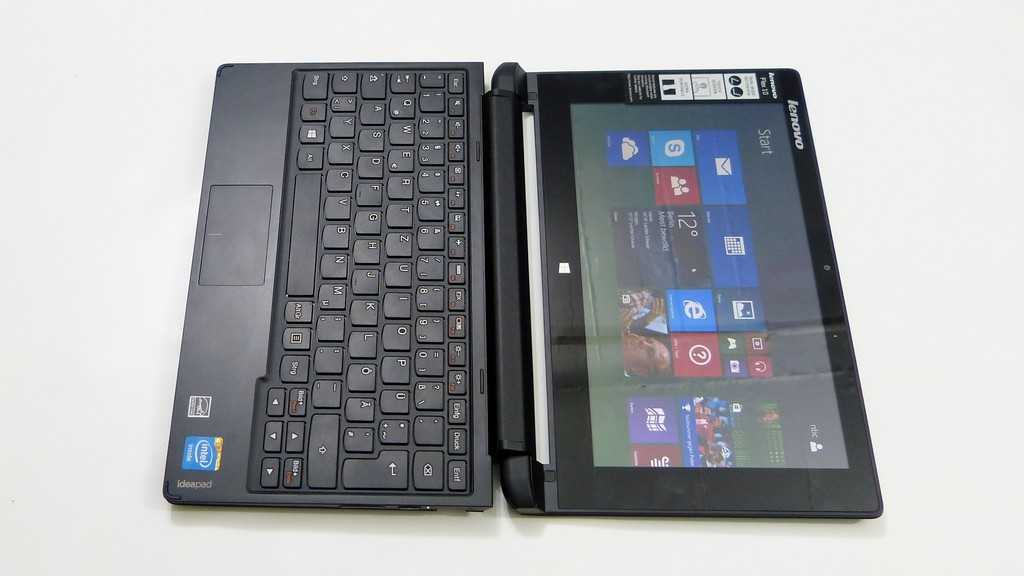I can’t seem to get away from this obsession with power utilisation on UMPC’s. Its worrying me! I might have to take my mind off it with one of these babies.
Liquid cooled. Low power. Great for complex calculations.

However, until I get to the bottom of this issue…..
Ctitanic broke the news that he’s only getting 1.5 hours from an Eo battery and that PCMark and 3Dmark tests results were very bad.
The processing power tests are a bit suspect but we should always expect the VIA to underperform against the Celeron. Espicially for 3d graphics.
The battery life figure suprised me the most though.
A group of us are currently collaborating on tests, ideas and discussion about the problem to identify if there is a real issue here. If so, we’ll need to go back to Tablet Kiosk and get some action becuase as it stands currently, people are getting some very bad battery life figures.
Before diving into the problem with the battery life, I went over my pre-launch power analysis for errors to see if i’d missed anything but all the cross-checks I can do seem to be OK. The battery life issues being reported look like a real problem.
To re-cap slightly, I predicted 18watts at full-load for a ultra mobile PC (and 14 watts for a VIA following Van Smiths C7-M ULV test results ) and as a starting point, lets note that the battery capacity on the Eo is 26W/hrs.
Ctitanic’s figures (below 1.5 hours playing a Divx video file) suggest a power-drain of nearly 18 watts. Thats much more than I expected and in fact more power drain that Van Smith got on a 12″ 1.5ghz VIA C7-M laptop. How can we explain that one?
More posts on the forum followed!
In the meantime, I went back over Van Smiths VIA C7-M ULV review and then contacted him. He very kindly offered some tips. Firstly, that we should be using COSBI OpenSourceMark to check and compare processing power. He’s worked on more than one benchmarking application and knows his stuff so I trust him on that one.
Secondly, he explained how we could check the speed-stepping was working correctly. Finally he suggested that the CPU might not be entering low-power states due to BIOS or other reasons (specifically a USB device might be preventing it. Apparently its a common problem.)
Firstly Ctitanic checked the stepping – its is working on his device. Then he ran the COSBI OpenSourceMark tests. The results tell a different story. Much better for the VIA. Then Ctitanic found through ‘perfmon’ that the CPU was not switching into C3 power-saving states. Even at idle.
To ensure that the USB wasn’t the cause, Ctitanic ran the video again from the HD. This made no difference. But why was the device not going into C3 power-saving state at idle? The reson for this is still unknown. We’ve got a few more tests to run there.
Having seen that speed-stepping was working, we went back to the issue of Divx run times. Ctitanic ran some more tests which showed that the CPU was running at 75% with WinDVD player with the VIA optimisations turned on. (55% with VLC player which is an interesting result.) It was clear that the ultra mobile PC was running close to full power running the video which explains why there was no power-saving going on with the CPU. At that point I remembered that the VN800 doesnt have any Mpeg-4 hardware optimisations and therefore the CPU utilisation was to be expected.
A quick Unichrome re-cap…
…that is part of the VN800 chipset (that accompanies the VIA C7-M ULV processor.) straight from the VIA website:
The VIA UniChrome Pro IGP graphics core also integrates the Chromotion CE Video Display Engine featuring an MPEG2 Decoder, Adaptive De-Interlacing, Video Deblocking, and a comprehensive range of hi-def outputs.
So, the key point there is that the VN800 can only decode MPEG2 in hardware (and therefore gain a power advantage.) Given a MPEG-2 stream from, say, a DVD VOB or relaying the Divx through a VLC server, converting to MPEG-2 and picking the stream up via Wifi (If that works, it could be a good trick for VIA ultra mobile PC owners when at home.) you should see the C7-M drop into power-saving and low-clockrate settings bringing a big power-saving advantage. (I know – it doesnt really help for on-the-move video watching though. I wouldn’t like to have to convert and carry MPEG2 films either. There are versions of the VIA chipset that have MPEG-4 hardware decoding so lets look forward to that!)
But we’re still left with the two problems
1 – Why is Ctitanics Eo draining more power than a 1.5ghz laptop with 12″ screen?
2 – Why arent we seeing the processor drop into power saving modes at idle.
Further testing going on at the moment:
– Disable USB bus (if possible) from the BIOS.
– Contact Tablet Kiosk and raise a ticket.
– Measure current drain from the battery during full-power optimisations.
– Measure playback performance / drain with screen off.
We want to test these possible theories:
– The BIOS requires updating to support the power-saving modes of the CPU.
– A built-in USB device is being polled preventing the CPU from entering power-saving states.
– The battery is sub-standard.
– The battery or bios reaches low-power capacity trigger before the battery is empty.
– There’s something else in the hardware thats draining the power. (Cheap LCD screen is one possibility.)
Keep tuned or feeback at the Origamiportal forum where we’re exchanging new information as we go along.
Thanks so far to Ctitanic, Marix, Van Smith and JeffGr who are all contributing.
If TabletKiosk are reading, please can you contact me via email or in the forums. Maybe we can work on this together.
Until later… Steve / Chippy.





